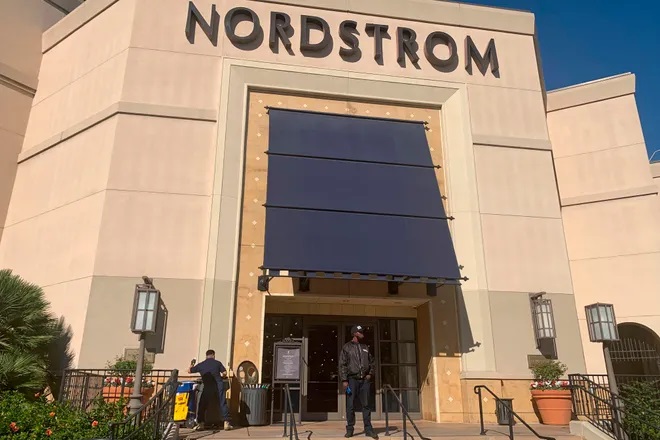Shoplifting is an alarmingly common crime. The National Retail Federation estimates that retail shrink, which includes theft but also problems leading to inventory being lost or recorded inaccurately, was roughly $95 billion in 2021.
Dean Rosenblum, a senior retail analyst at Bernstein Research said, “Theft is growing faster than sales … theft is becoming a big enough problem that it is starting to affect margins, which is why retailers are talking about it more frequently.”
The top categories of items that are being stolen are apparel, electronics, health and beauty, accessories and footwear. As a result, some retailers are locking these items up. This creates a barrier for customers who want to purchase these items.
Because of theft, loss of revenue must be accounted for in retailers’ budgets. When sales are low and shrink is increasing, it becomes unsustainable for businesses to keep their doors open. Retailers, on average, saw a 26.5% increase in organized retail crime incidents in 2021. Beyond theft of goods, eight in 10 retailers surveyed reported that violence and aggression associated with incidents increased in 2021.
Retailers are implementing many strategies to prevent stealing — hiring security guards, installing security cameras, locking up goods and investing in radio-frequency identification systems.
Some of the biggest cities in America are also the biggest hotbeds of shoplifting activity. The National Retail Federation’s list of cities with the most organized retail crime are among America’s most populated — Los Angeles, Oakland, New York, Houston, Miami, Chicago, Sacramento, Seattle, Atlanta, and Dallas/Fort Worth.
New York City’s police have reported a dramatic increase in shoplifting. Researchers at the John Jay College of Criminal Justice reported that the theft of items less than $1,000 has increased 53% since 2019 at major commercial locations.
The problem is particularly acute, as the city is home to some of the world’s largest and most prestigious retail stores, department stores, luxury boutiques and specialty items which offer a wide range of high-end products.
Police Commissioner Keechant Sewell said, “A relative handful of shoplifters are responsible for an outsize percentage of retail crime. Nearly a third of all shoplifting arrests in NYC involved just 327 people. Collectively, they were arrested and rearrested more than 6,000 times.” Law enforcement and trade groups have blamed a proliferation of organized shoplifting crews, repeat offenders and the new state bail law they argue has enabled such offenders to avoid jail time. Over the past five years, shoplifting complaints nearly doubled, peaking at nearly 64,000 last year. Only about 34 percent resulted in arrests last year, compared with 60 percent in 2017.
High operating costs have made it difficult for San Francisco’s retail stores to make a profit. The cost of rent, utilities and labor are significantly higher than in many other cities.
Nordstrom recently announced that it will be closing all three of its San Francisco stores, citing the changing dynamics of the area that has not recovered since the pandemic, and the fact that the city has been in the spotlight for crime.
Nineteen retailers have left San Francisco’s Union Square area since 2020 over concerns about employee and customer safety relating to shoplifting and other crimes. The closure is a blow to the city’s retail sector and indicative of the challenges facing the retail industry.
In addition to shoplifting, retail stores are facing a number of challenges. The rise of online shopping, changing consumer habits, limited physical space, the importance of adapting to changes in technology and the need to provide an engaging-in-store experience are all factors that brick-and-mortar stores must address in order to stay competitive. As more customers shift their buying habits online, traditional physical retailers are finding it increasingly difficult to remain profitable.
Originally published in the Sarasota Herald-Tribune




